



All measurements are with or without load
Using your vehicle to tow another vehicle is permitted. The distance between the vehicles may be four metres at the most. If the distance is more than two metres, the rope must be clearly marked. The driving speed may be 30 km/h at the most. Special regulations apply on motorways.
With a crash or engine failure when the vehicle is dangerously parked and is a hazard for traffic, you must immediately set up the warning triangle on the roadside. On ordinary roads, at least 50 metres from the vehicle and on motorways at least 100 metres from the vehicle.
The highest legal permitted alcohol limit is 0.5 per mille (on the Faeroe Islands the highest legal permitted alcohol limit is 0.2 per mille).
However, you can also be fined for driving with a per mille below 0.5!
1) You must comply with the instructions for driving as given by traffic signs, roadway stripes, etc. as well as traffic lights.
2) Yellow road marking is used for temporary regulating, e.g. for road works and must be respected instead of any white stripes, etc.
3) In addition, you must comply with the police’s instructions, also where traffic signs, roadway stripes and traffic lights show something else, or where driving is in conflict with an otherwise applicable traffic regulation. Instructions can also be given by others who are authorised for this.
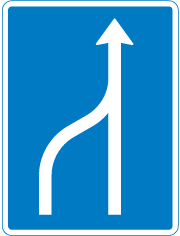
When merging, you must be especially aware of:
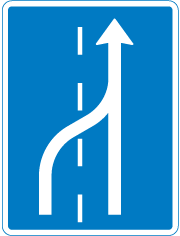
When changing lanes, you must be especially aware of:
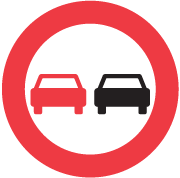
Normally, you must overtake other road users on the left side. Road users who are preparing to turn left or are about to swing to the left, must be overtaken on the right side, i.e. on the inside.
Overtaking in junctions is prohibited unless:
Overtaking ahead of or on a railway crossing is prohibited.
You may only overtake on a hill or in a left curving road where the overview is reduced if there are at least two traffic lanes which oncoming traffic may not use. The ordinary prohibition against overtaking in junctions, on hills and on curves does not apply to overtaking bicycles and mopeds subject to registration. On a road with three lanes, you may not use the lane to the far left unless the traffic is one-way on all traffic lanes.
Be especially aware of:
Any stopping of the vehicle with or without driver for three minutes at the most. If you have to stop in congested traffic or as part of a manoeuvre, this is not considered as stopping in terms of the Road Traffic Act.
Any stopping of the vehicle with or without driver for at least three minutes. However, if you stop for more than three minutes to drop off passengers or to collect passengers, or to load or unload goods, this is not considered as parking in terms of the Road Traffic Act.
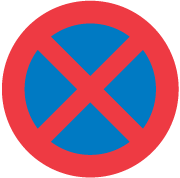
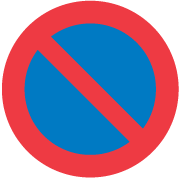
Take a 12-question subject test - requires Platinum access.